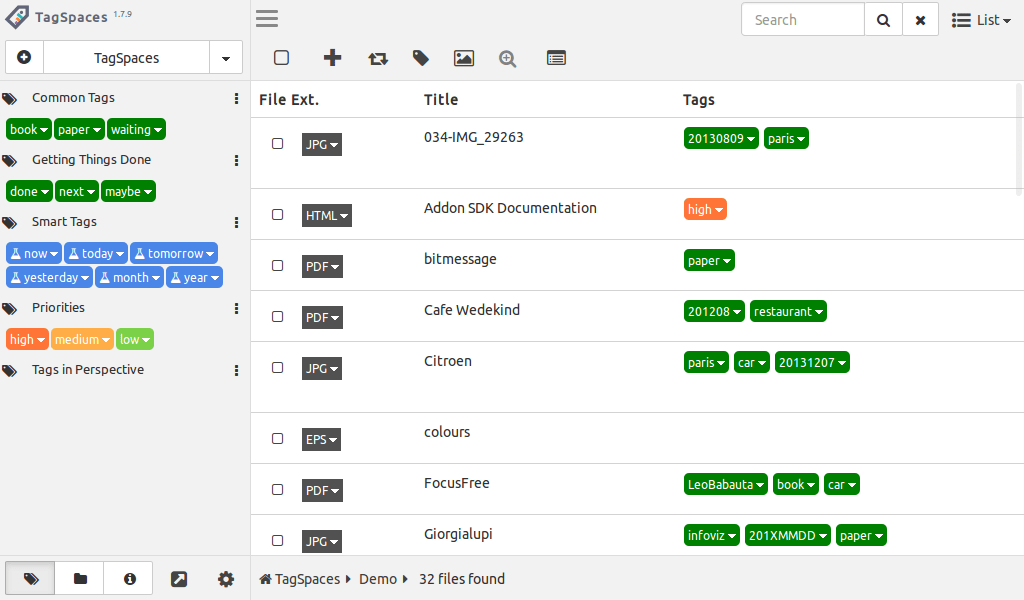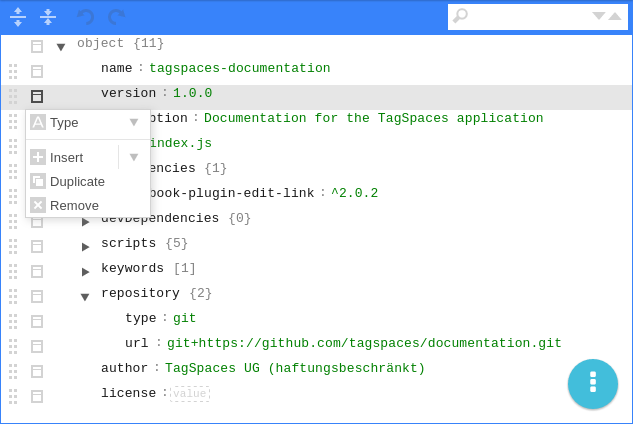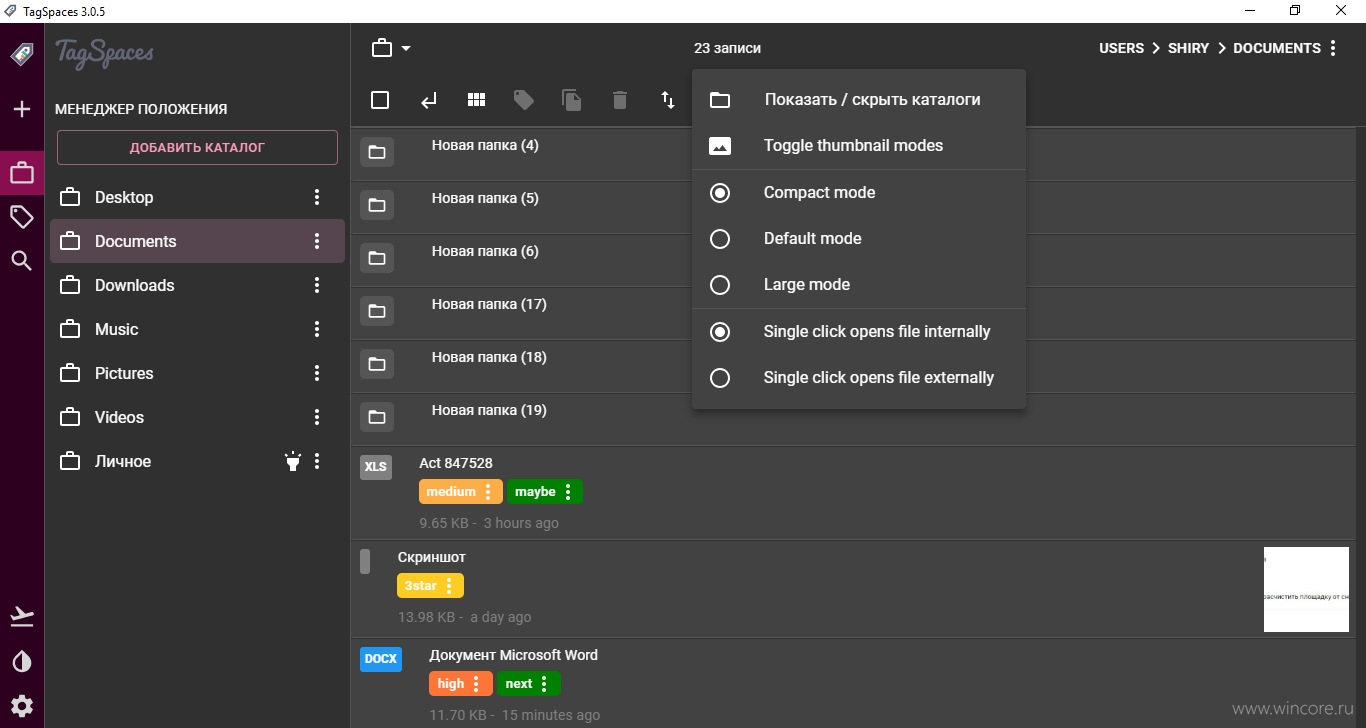

- #How to import tags tagspaces pro how to#
- #How to import tags tagspaces pro update#
- #How to import tags tagspaces pro full#
- #How to import tags tagspaces pro windows 10#
In the following screen you can select which tag group you want to export.Īfter clicking on the export button, a file saving dialog will appear, asking you to select a location where to save the file with the exported tag groups. Just click the three dot menu on top right area of the tag library and select "Export Tag Library". Exporting the existing tag groups Īfter adding all the needed tags and specifying their colors you are now ready to export them. Of course you can change them later, but at this point is much easier as you can use the TagSpaces user interface. As a preparation steps you can define these tag groups and put the needed tags in there, with the desired names and colors.

So let's assume you want share the tag groups with the names "TagGroups for Sharing 1" and "TagGroups for Sharing 2" with your colleague which is also using TagSpaces in order to have a common base for tagging on collaborative projects. For clarification you can see the screenshot bellow. Tag Library is a collection of tag groups, which can be opened by clicking on the button located in the bottom left cornet of the application. Using the same tag groups in other installation of the application on platforms such as Androidīut before we start, let's define some terms from the TagSpaces jargon.Sharing tag groups with other TagSpaces users on a shared network drive or shared Dropbox / Google Drive / Syncthing accounts.After understanding how TagSpaces handles tag groups you will be able to achieve the following use cases with our application: It will guide you through the process of exporting the tag groups, editing them in externally and re-importing or reusing them in other installations. This article runs through the steps required for setting up TagSpaces in order to use a shared tag groups. Latest: Version 1.6 is now the recommended release.Collaboratively using tags and tag groups Introduction Ī common requirement for many TagSpaces users is sharing tag and tag groups across computer networks and devices. All documentation has been updated to reflect the changes, which are described fully in the release notes.
#How to import tags tagspaces pro windows 10#
The most important change is a revision to howįile Meta works when a handler is already present, to allow for the fact that Windows 10 does not allow some of its built-in handlers to be substituted.
#How to import tags tagspaces pro how to#
I recommend reading Using the File Meta Association Manager to make sure you understand exactly what is going to happen when a handler is already present, and how to make it work for you. In Windows XP, Explorer could see and edit metadata (for example comments or tags) for any type of file. In Vista and later, this has been possible only for certain types of file, such as Office documents, JPEGs and MP3s. It is pretty clear that Microsoft originally intended to ship a broader capability. What this package does is wire together pieces that were built into Windows in readiness, but never joined up: it connects Explorer's ability to see and edit metadata with NTFS's support for storing property data in an annex to any file, and so allowing metadata to be added to files of any type. And because Windows Search uses the same property system hooks as Explorer, you can also search using this metadata, both in Explorer and from the Start Menu (or Search charm). That all this takes just a 19K DLL (64-bit, release build) and some registry settings tells you how close Microsoft got. One reason why Microsoft never shipped the complete solution is that all works well when the file is moved around between NTFS drives, but the metadata is lost when a file is, say, emailed, or moved to a FAT file system. Also, if your files are still being edited, then you need to check that associated metadata is preserved on save.
#How to import tags tagspaces pro update#
Some file editors, rather than update the file in place, save updates using a write-new-file, delete-original-file, rename-new-to-original strategy that loses any metadata held in the annex to the original file.


#How to import tags tagspaces pro full#
You do need to be aware of these limitations, but think of being able to add metadata to txt files, pdfs, anything, editable directly in Explorer! And because XP used the same storage mechanism for the general case (see XP, Vista and File Metadata for the full story), this package will also read some metadata written under XP, hidden by a Windows upgrade, and invisible ever since. Also, to help with unfriendly editors and non-NTFS transfers, the installation optionally sets up an Explorer context menu that lets you right click on a file to export its metadata to a separate XML file, and import it again to reapply it to the original file (or indeed to a different file).


 0 kommentar(er)
0 kommentar(er)
